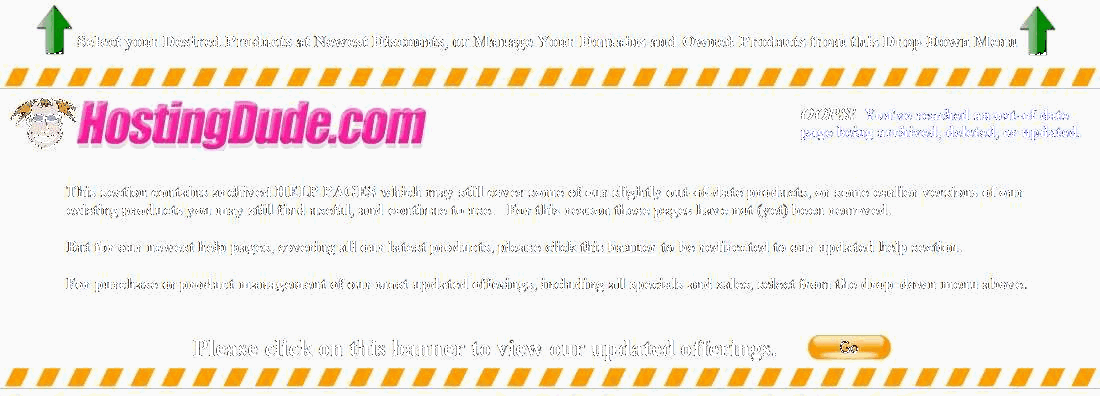Upgrading from Outlook Express to Microsoft Email and Outlook 2007
You can upgrade from Outlook Express to Outlook 2007 to use with your Microsoft Email account to manage all your email messages, calendar, contacts, and other items. To ensure that the upgrade process goes smoothly, install Outlook 2007, configure it to use your Microsoft Email account, import your existing Outlook Express email messages, contact, and account information, and then have your old Internet email forwarded to your new account.
Downloading and Setting Up Outlook 2007 or Entourage 2008
You need to download and set up Outlook 2007 or Entourage 2008 to access your Microsoft Email mailbox. For instructions please see Downloading and Setting Up Outlook or Entourage for your Microsoft Email Account.
Configuring Outlook 2007 to use your Microsoft Email mailbox
- Start Microsoft Office Outlook 2007.
- In the Outlook 2007 Startup wizard, click Next.
- For E-mail Upgrade Options, select Do not upgrade, and then click Next.
NOTE: You must select "Do not upgrade" to allow Outlook 2007 to use the Exchange Autodiscover feature to configure your Microsoft Email mailbox. If you select the option to upgrade from Outlook Express or Windows Mail, you will not be prompted to configure your Microsoft Email mailbox. In which case, go to Microsoft's Help page to learn more about adding an Exchange account to your Outlook 2007 profile.
- On the E-mail Accounts page, select Yes, and then click Next.
- On the Auto Account Setup page, complete the following:
- Your Name
- Enter your user name.
- E-mail Address
- Enter your Microsoft Email account email address.
- Password and Retype Password
- Enter your email account password.
- Click Next.
- When prompted to Allow this website to configure server settings?, click Allow.
- When prompted for your User name and Password, enter your Microsoft Email account email address and password, and then click OK.
- On the confirmation message, click Finish.
Adding your Outlook Express email messages, contacts, and account information to Outlook 2007
- Start Microsoft Outlook.
- From the File menu, select Import and Export.
- Select Import from another program or file, and then click Next.
- In the Import a File dialog box, select Outlook Express 4.x, 5.x, 6.x or Windows Mail, and then click Next.
- On the Select Internet Mail Client page, select Microsoft Outlook Express or Microsoft Windows Mail, and then click Next.
- For Your Name, confirm the name in the Display name field, and then click Next.
- For Internet E-mail Address, confirm the email address in the E-mail address field, and then click Next.
- For E-mail Server Names, confirm your server names, and then click Next.
- For Internet Mail Logon, confirm your account name, enter the password for your email account, and then click Next.
- Verify the correct option is selected to indicate how you connect to the Internet, and then click Next.
- When the Congratulations message displays, click Finish.
- When prompted Would you like to import e-mail messages and addresses from Microsoft Outlook Express or Windows Mail?, click Yes.
Forwarding your current Internet email to your new Microsoft Email mailbox
Depending on the options available in your existing email service, there are different ways to forward email from a different account to your Microsoft Email mailbox:
- If your Web mail account supports email forwarding, a setting or a properties option should allow you to specify an email address to which you want to forward your email messages.
- If you cannot find a forward email setting, ask your current email service provider to forward your email to your new Microsoft Email mailbox. This is known as "mail relay".
Use these resources to learn more about the following:
Importing messages or accounts from Outlook Express to Outlook
Upgrading from Outlook Express to Outlook 2007
Adding or removing email accounts in Microsoft Office Outlook
Exchange Autodiscover service
User profiles and information services in Microsoft Office Outlook
Outlook email profiles
Troubleshooting import errors




